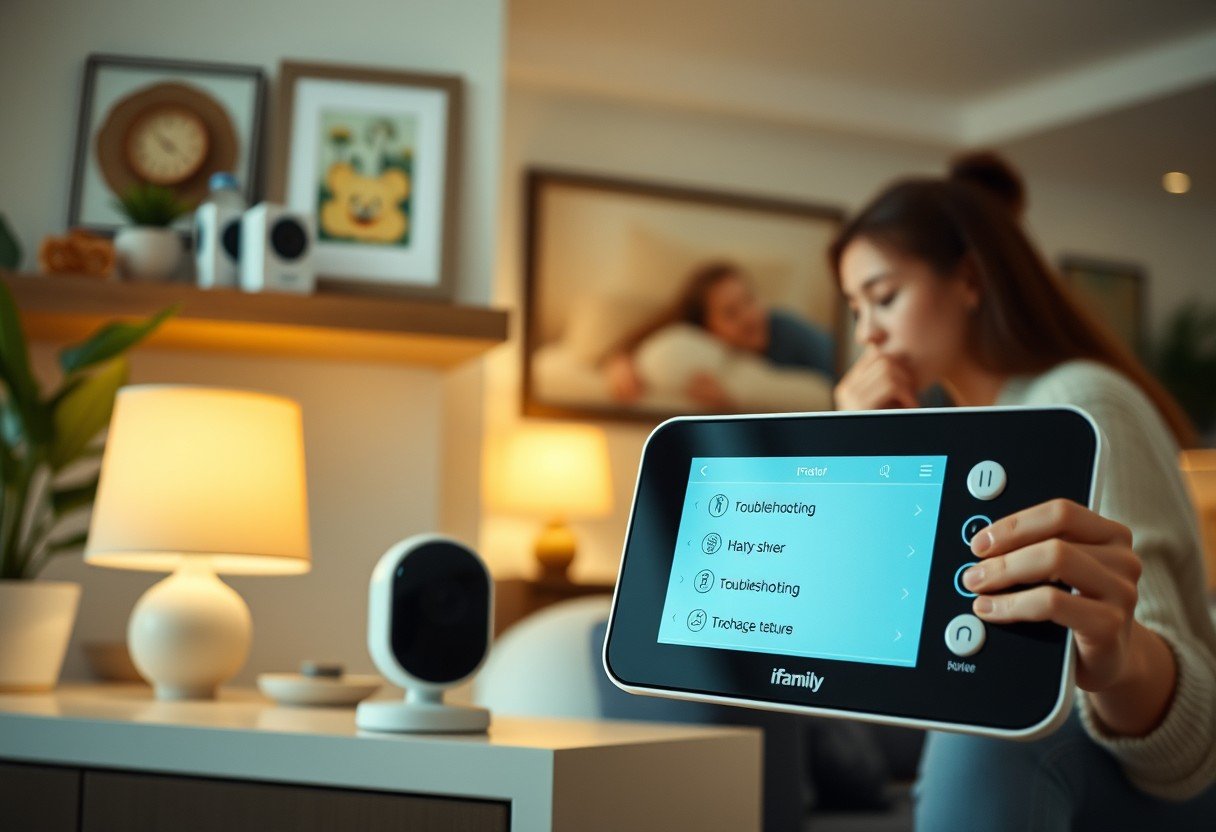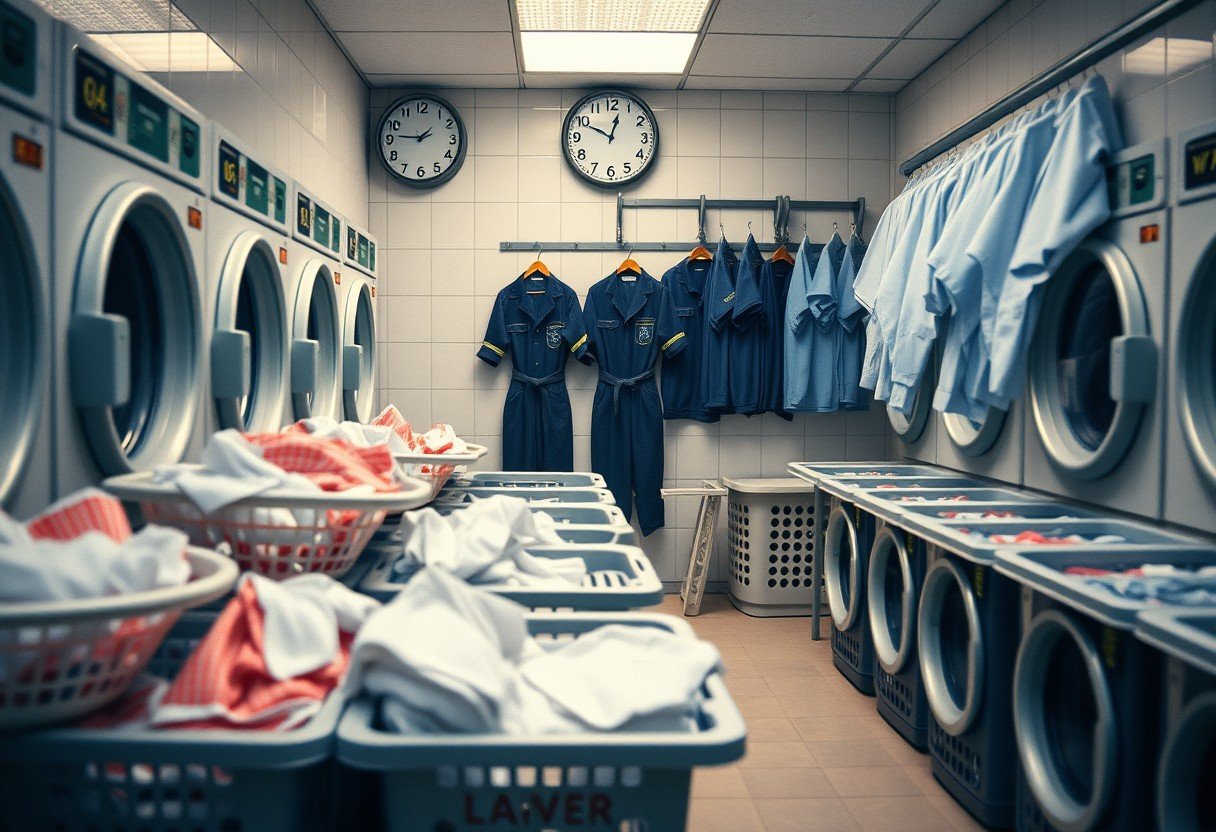Discovering your dog has peed on the couch can be frustrating, but it’s a fixable problem for most pet owners. The key is to act quickly and use the right cleaning methods for your specific furniture. Whether it’s a fresh accident or a dried stain, you can effectively remove both the spot and the lingering odor, restoring your couch to its former glory. This guide will walk you through exactly what to do.
First Response: What to Do Immediately After an Accident
The moment you find a wet spot, your immediate actions are the most critical. Responding quickly can prevent the urine from soaking deep into the cushions and padding, which makes cleaning much easier and more effective.
Your first goal is to absorb as much of the liquid as possible. Grab clean paper towels or a dry, absorbent cloth. Press down firmly on the wet area to soak up the urine. Remember to blot, not rub or wipe the area. Wiping can spread the urine and push it deeper into the fabric fibers, making the stain and odor worse.
Continue blotting with fresh towels until you can no longer pull up any moisture. This simple step removes a significant portion of the urine before it has a chance to set, which is crucial for preventing permanent stains and smells.
Choosing the Right Cleaning Method for Your Couch
Not all couches are created equal, and using the wrong cleaner can cause discoloration or damage. Before applying any solution, find the manufacturer’s tag on your couch. It usually has a cleaning code that tells you what is safe to use.
Understanding these codes is vital for protecting your furniture. Here is a quick breakdown of what they mean:
- W: You can use water-based cleaners.
- S: Use a solvent-based, water-free cleaner.
- W/S: You can use either a water-based or solvent-based cleaner.
- X: Clean with a vacuum only; do not use any liquid cleaners.
If your couch is marked with an “X,” it is best to call a professional. For other types, you can proceed with a cleaning solution appropriate for the fabric. Always test any cleaning solution on a small, hidden spot first, like the back or underside of a cushion, to ensure it doesn’t cause damage.
| Fabric Type | Recommended Cleaning Agent | Notes |
| Fabric (Cotton, Polyester) | Enzymatic Cleaner or Vinegar Solution | Check for “W” or “W/S” tag. Highly absorbent. |
| Leather / Vinyl | Mild Soap and Water or Leather Cleaner | Wipe clean and condition after to prevent drying. |
| Microfiber | Rubbing Alcohol or Solvent Cleaner | Check for “S” tag. Dries quickly and prevents water spots. |
DIY Cleaning Solutions You Can Make at Home
For a quick and budget-friendly option, you can create an effective cleaning solution with common household items. A mixture of white vinegar and water is one of the most popular choices for tackling dog urine.
Vinegar is a fantastic natural cleaner because its acidic nature helps to neutralize the alkaline ammonia in dog urine, which is a primary source of the unpleasant smell.
To make this solution, follow these simple steps:
- Mix equal parts of white vinegar and water in a spray bottle.
- Lightly spray the solution onto the affected area of the couch. Do not oversaturate it.
- Let the solution sit for about 5 to 10 minutes to break down the urine.
- Gently blot the area with a clean, dry cloth to absorb the cleaning solution.
After cleaning, you can sprinkle a generous amount of baking soda over the damp spot. Baking soda is excellent at absorbing moisture and any remaining odors. Let it sit for several hours or even overnight, then vacuum it up thoroughly using an upholstery attachment.
The Power of Commercial Enzymatic Cleaners
While DIY solutions are great, sometimes you need something stronger, especially for stubborn stains or potent odors. This is where enzymatic cleaners come in. These products are specifically designed to combat pet messes.
Enzymatic cleaners contain beneficial bacteria that produce enzymes to break down the uric acid crystals in urine. Uric acid is the part of the urine that causes the lingering smell and is not water-soluble, which is why regular soaps and detergents often fail to eliminate the odor completely. By breaking down these crystals, the cleaner removes the source of the smell for good.
When using an enzymatic cleaner, it is essential to follow the product’s instructions carefully. Most require you to thoroughly saturate the stained area so the cleaner can reach all the urine, including what has soaked into the padding. The product will need to sit for a specific amount of time to work, and then you will blot it dry.
How to Prevent Future Accidents on Your Furniture
Cleaning up is only half the battle; preventing it from happening again is the ultimate goal. Understanding why your dog is peeing on the couch is the first step. The cause could be medical, like a urinary tract infection, or behavioral, such as marking territory, separation anxiety, or incomplete house training. A visit to the vet can help rule out any health issues.
If the cause is behavioral, consistent training and management are key. Reinforce your dog’s house training by taking them out frequently and rewarding them for eliminating outside. Make the couch a less appealing spot by using pet-safe deterrent sprays or placing a waterproof cover on it, especially when you cannot supervise your dog.
When to Call a Professional Upholstery Cleaner
Sometimes, a stain is too deep or an odor is too persistent for DIY methods. If you have tried cleaning the spot multiple times and the smell remains, or if the urine has soaked deep into the couch cushions and frame, it may be time to call a professional.
Professional cleaners have powerful equipment and specialized cleaning solutions that can perform a deep extraction, pulling out moisture and urine from the lowest layers of your furniture. They can also assess if the urine has caused any permanent damage to the couch’s structure. If the odor persists after your best efforts, professional help is a worthwhile investment to save your beloved furniture.
Frequently Asked Questions about Cleaning Dog Urine
Why does my dog keep peeing on the couch?
A dog might repeatedly pee on furniture due to medical issues like a UTI, behavioral reasons such as marking territory or anxiety, or incomplete house training. It’s important to consult a veterinarian to rule out health problems before addressing behavioral causes.
Can I use hydrogen peroxide to clean dog pee from my couch?
Hydrogen peroxide can be an effective cleaner and disinfectant, but it can also act as a bleaching agent on some fabrics. It should only be used with extreme caution after testing it on a hidden area of your couch to see if it causes discoloration.
Will the urine smell ever go away completely?
Yes, the smell can be completely removed if treated properly. Using an enzymatic cleaner is the most effective way, as it breaks down the uric acid crystals that cause the lingering odor. The key is to treat the area thoroughly and allow the cleaner to work as directed.
How can I stop my dog from peeing in the same spot again?
Dogs are drawn to urinate in places where they can smell previous urine. To prevent this, you must completely neutralize the odor using an enzymatic cleaner. After cleaning, you can also make the area less appealing by using pet-safe deterrent sprays or placing objects on the spot temporarily.








Leave a Comment